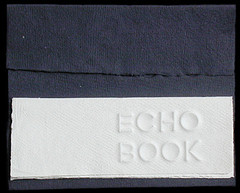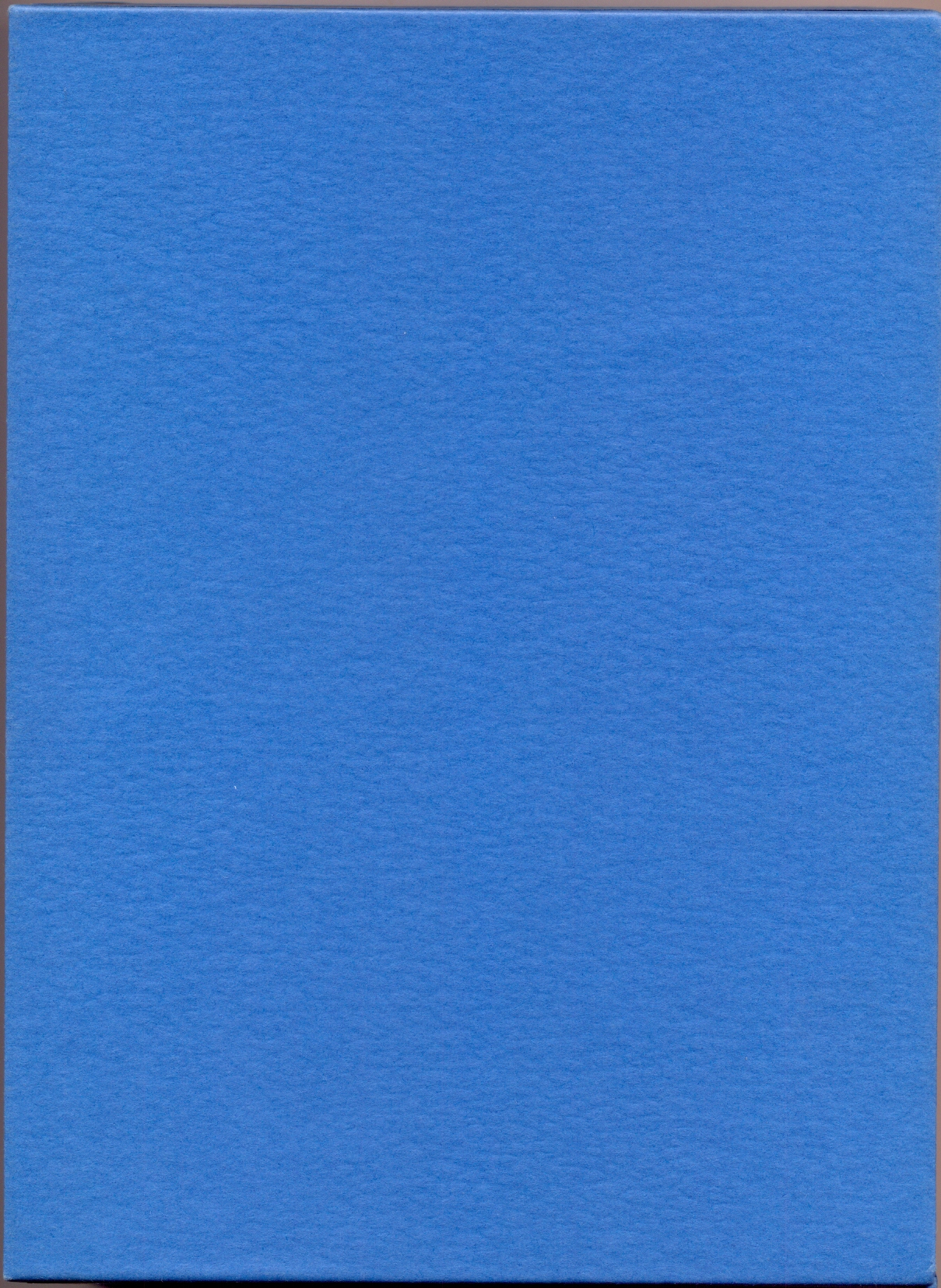
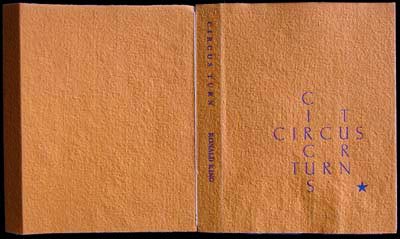
Ronald King
Circus Turn
London, Circle Press, 1993
20 x 15 cm
edição ilimitada

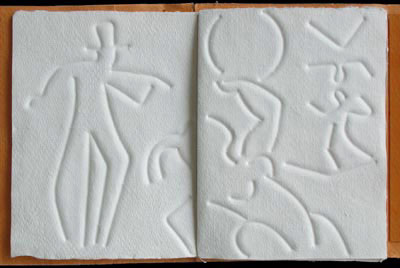
Projetado e impresso no mesmo formato que “Turn Over Darling”, de 1990. Uma série de 6 imagens em relevo e impressas em arame, que, quando dobradas e justapostas em seqüência fazem onze cenas de circo. Edição sem assinatura e ilimitada em papel Khadi Indian feito à mão, encadernado em capa de papel de cor laranja feito à mão e inserido em luva de cartão azul.
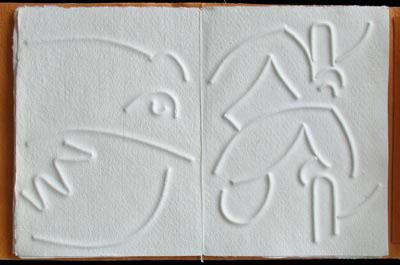
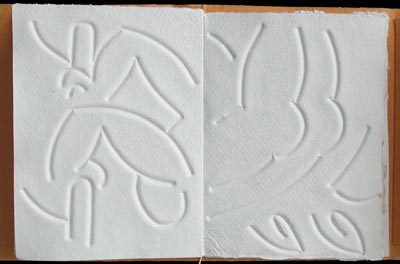
Designed and printed in the same format as ‘Turn Over Darling’, 1990. A series of 6 double-sided blind-embossed images printed in wire, which, when folded and juxtaposed in sequence make eleven changing circus scenes. 75 signed copies (out of print)– six 4 pp sections – 20 x 15 cm on RWS hand-made paper and an unsigned, unlimited edition on Khadi Indian hand-made paper, both bound into orange hand-made paper covers and inserted into blue card slip-case.
http://www.circlepress.com/


